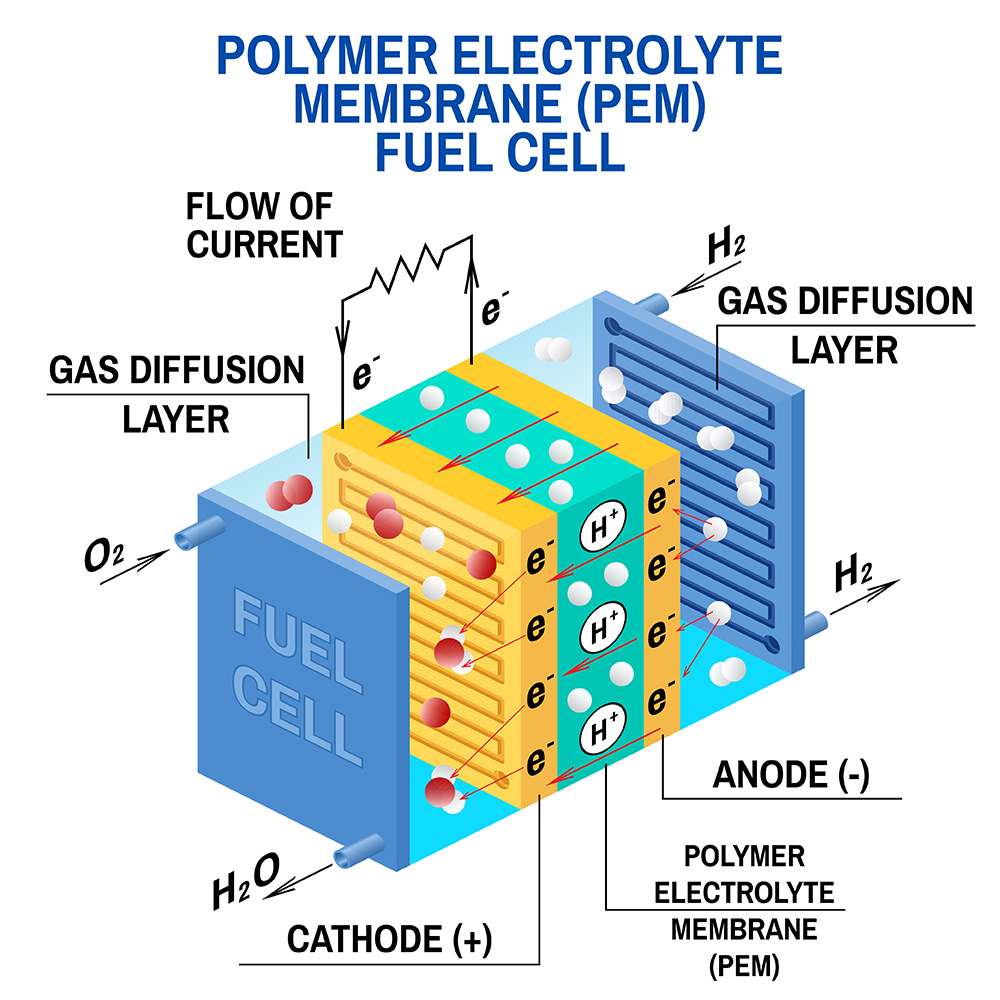Coupling reaction and polymerization reaction
Regarding the coupling reaction
In recent years, Konishi Chemical has been actively engaged in research on coupling reactions using
transition metal catalysts.
By using a coupling reaction, it is possible to synthesize highly functional substances such as low
molecular weight compounds with complex structures such as pharmaceutical intermediates and electronic materials,
large molecular weight monomers, and copolymerized polymers.
Such reactions generally require low moisture conditions and low oxygen conditions,
and are often difficult to scale up. However, we have a wealth of scale-up results,
especially for compounds with sulfonic acid.
Example of coupling reaction) Suzuki-Miyaura coupling reaction

Example of coupling reaction) Yamamoto Polymerization

Regarding copolymerized polymers
Copolymer refers to a polymer formed from two or more types of monomers. In our company,
we conduct research to synthesize copolymer with hydrophilic and hydrophobic segments
by coupling reaction of monomer (or oligomer) with sulfonic acid and monomer (or oligomer)
without hydrophilic functional group.
Generally, it is known that the strength decreases when a hydrophilic functional group is
introduced into a polymer. However, the copolymerization of a monomer and a high molecular
weight oligomer is expected to improve the strength derived from the microphase separation
structure and proton conductivity.
In addition, since the hydrophilic group content in the copolymer can be controlled and the
molecular weight of the copolymer can be controlled to some extent,
material synthesis based on molecular design becomes possible.

Microphase separation structure (schematic diagram) By separating the proton conducting phase and the reinforcing phase at the micro level, efficient proton conduction and improvement in membrane strength are achieved.
Synthetic example of copolymerized sulfonic acid polymer (特開2019-019266)

- Polymerization using a catalytic amount of industrially available nickel complex. Mw is tens of thousands to hundreds of thousands
- Control the introduction of hydrophilic functional groups by changing the ratio of monomer to oligomer based on molecular design
- In addition to publications, copolymerized sulfonic acid polymers with different structures can be synthesized by changing the catalyst.
Applicability of copolymerized sulfonic acid polymers
As mentioned above, copolymerized sulfonic acid polymers can achieve both high proton conductivity and high strength, so they can be applied to ion exchange materials used under harsh conditions. Specifically, applied research to solid electrolyte membranes (PEM) for fuel cells is being conducted.

